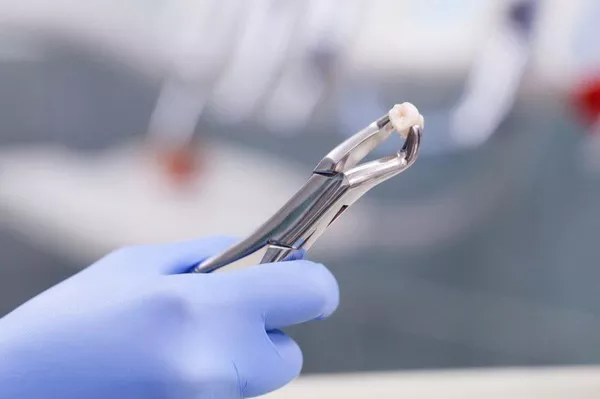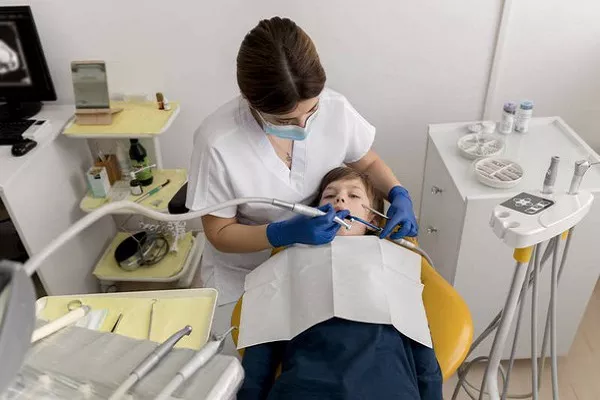Dental implants have become an increasingly popular option for people who have lost one or more teeth. They provide a permanent solution that looks and functions like natural teeth, making them a great alternative to dentures or bridges. There are several different types of dental implants available, each with their own unique features and benefits. In this article, we’ll take a closer look at the different types of dental implants, including traditional implants, mini implants, and All-on-4 implants.
Traditional Implants
Traditional dental implants are made up of three separate parts: the implant post, the abutment, and the crown. The implant post is made of titanium, which is biocompatible and fuses with the jawbone over time. Once the implant post has fused with the jawbone, the abutment – a small connector piece – is attached to the top of the post. The crown, which is custom-made to match the color and shape of your existing teeth, is then attached to the abutment.
Traditional implants are a good choice for people who need to replace one or more teeth, as they offer a long-lasting, natural-looking solution. However, they do require oral surgery, and the healing process can take several months.
Mini Implants
Mini implants are essentially smaller versions of traditional implants. They consist of a single piece instead of three, and are typically used to secure dentures or bridges in place. Mini implants can be a good option for people who have experienced bone loss in their jaws, as they don’t require as much bone density as traditional implants.
Unlike traditional implants, mini implants can often be placed in a single visit, and the recovery time is generally shorter. However, because they are not as sturdy as traditional implants, they may need to be replaced more frequently.
All-on-4 Implants
All-on-4 implants are a type of implant-supported denture that can replace an entire arch of teeth – either the upper or lower jaw. They are called “All-on-4” because they use four implants to hold a full set of dentures in place.
The All-on-4 procedure involves placing two implants at the front of the jaw, where the bone is denser and stronger, and two implants towards the back of the jaw, at an angle. This allows the denture to be securely held in place without the need for additional implants or bone grafting.
All-on-4 implants offer several benefits over traditional dentures, including improved stability and comfort, as well as better chewing ability. They are also more cost-effective than replacing each missing tooth with an individual implant.
Conclusion
Dental implants are a great option for people who have lost one or more teeth. Whether you choose traditional implants, mini implants, or All-on-4 implants, each type has its own unique benefits and considerations. Talk to your dentist about which option might be right for you, and start enjoying a permanent solution to your missing teeth.
Related Topics:





























